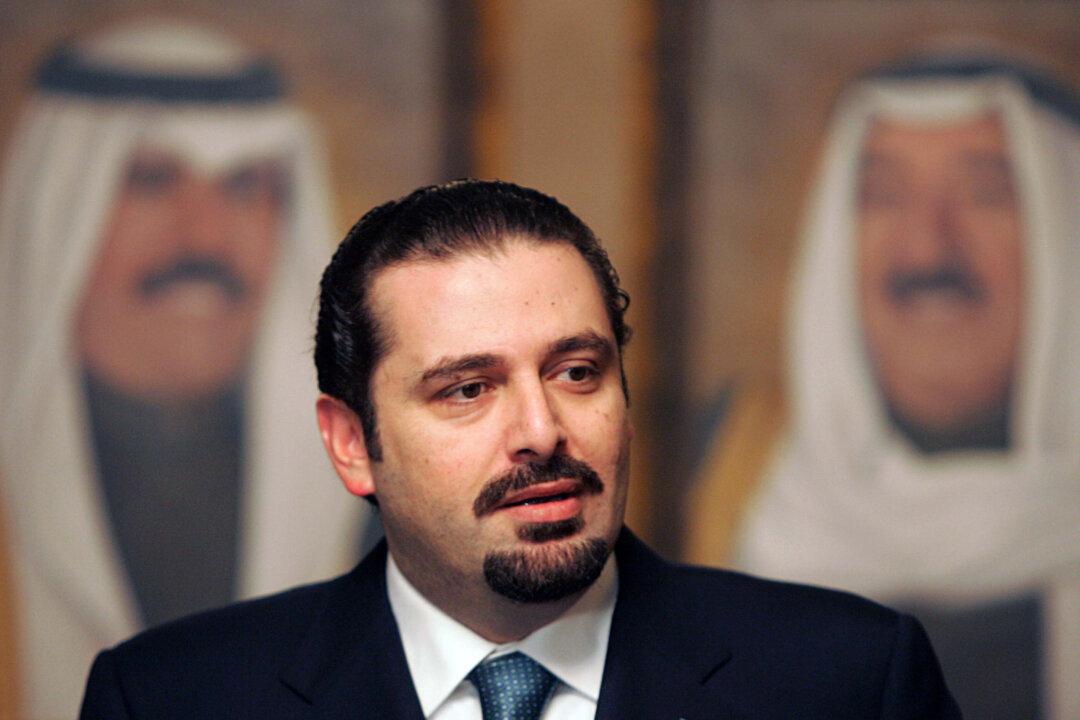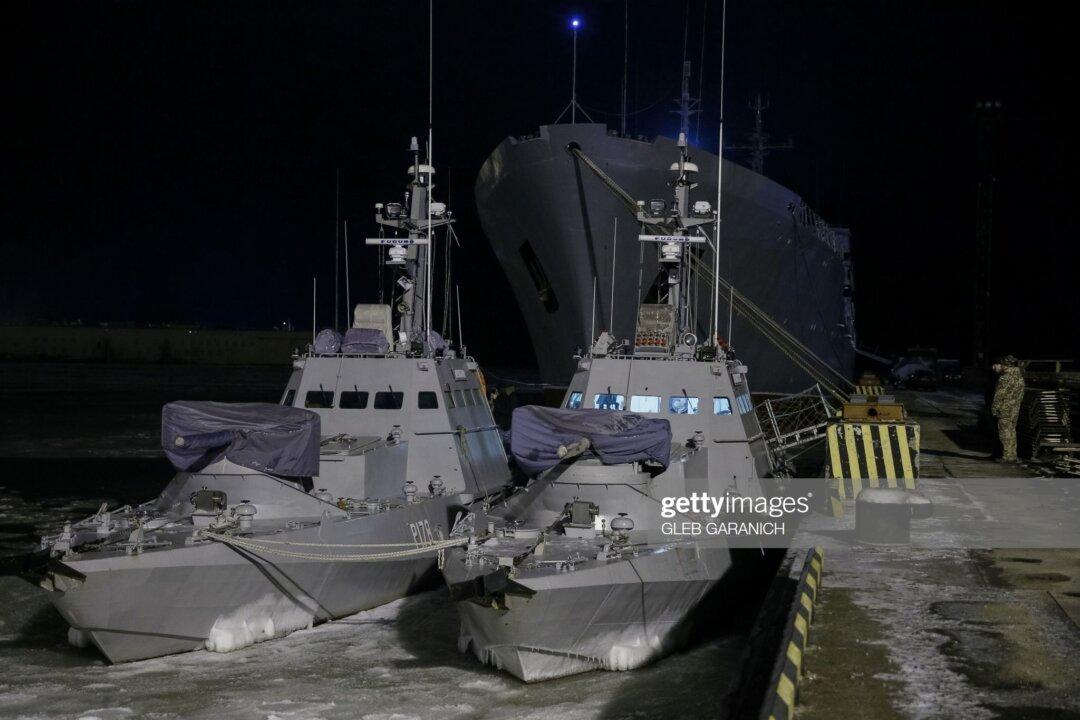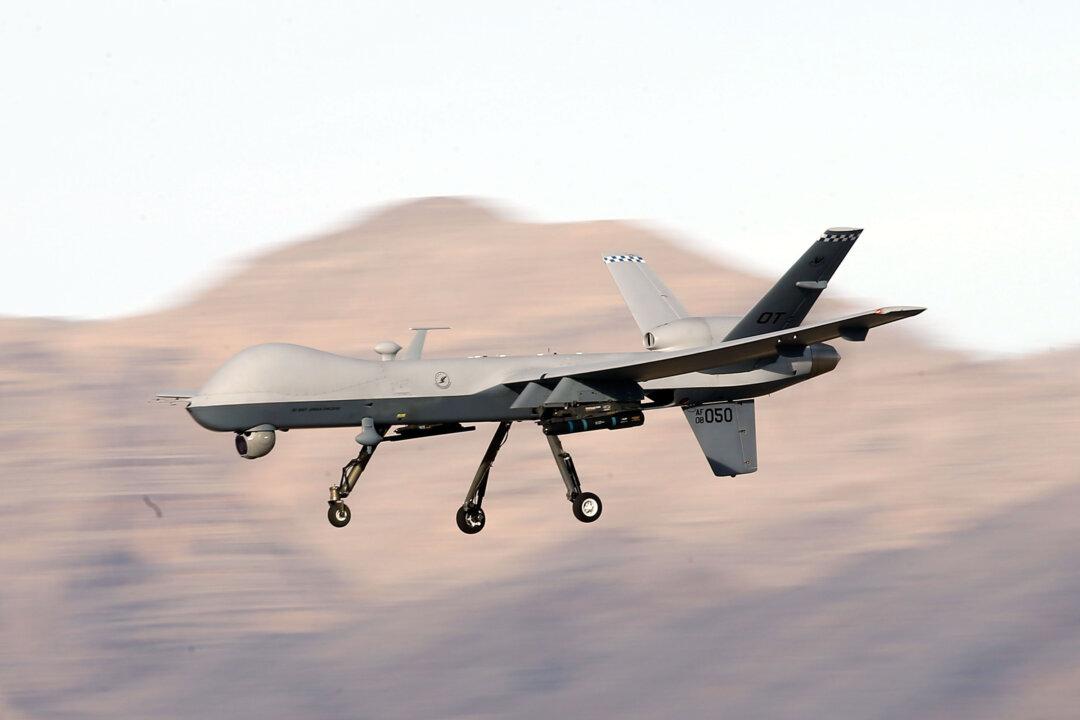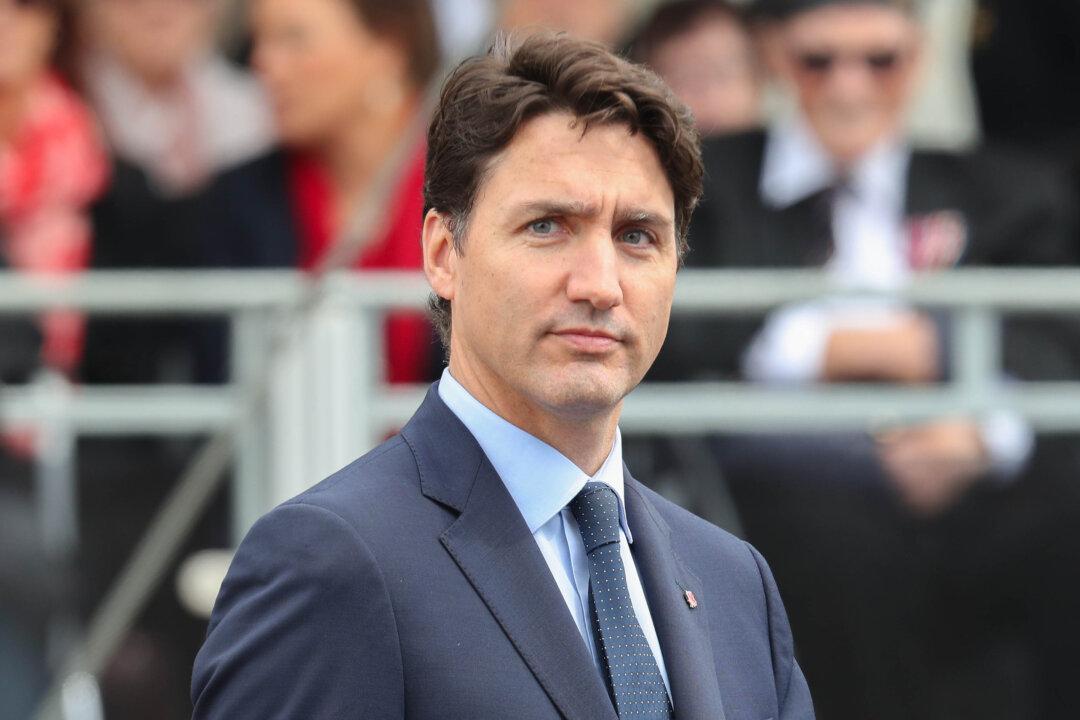Throughout its modern existence, Lebanon has frequently teetered on the edge of disaster—and more than occasionally tumbled into the gulf.
With a population divided between Christians and Sunni and Shia Muslims, the political structure reflects this circumstance. The President, for example, has to be a Maronite Christian, the Prime Minister a Sunni Muslim, the Speaker of the Parliament a Shi’a Muslim, the Deputy Prime Minister and the Deputy Speaker of Parliament Eastern Orthodox. Until 1990 when the Taif Agreement ended the 1975-90 civil war, Christians held a 6 to 5 majority in parliament; the agreement evened the Christian-Muslim ratio.





